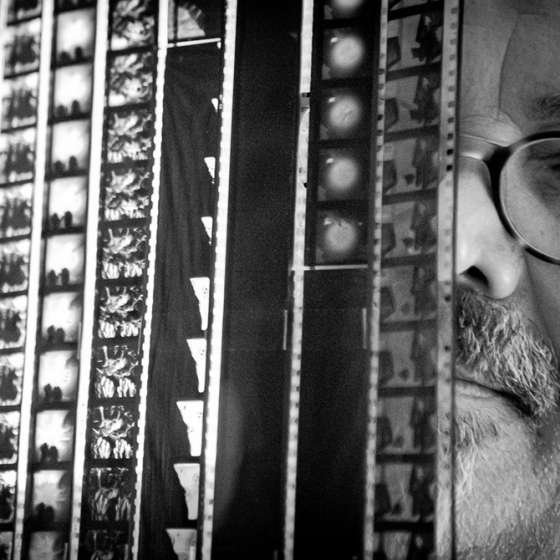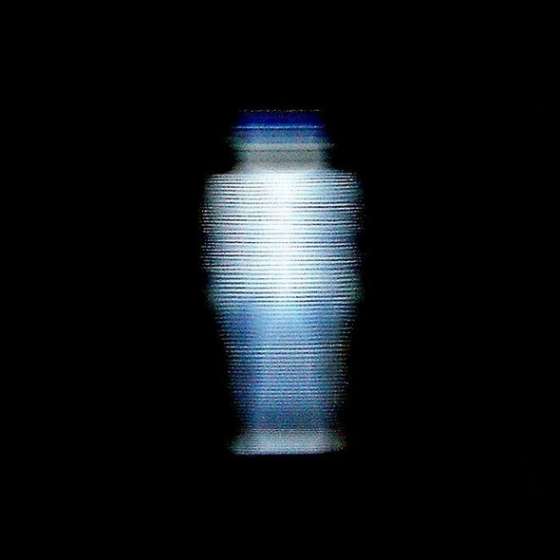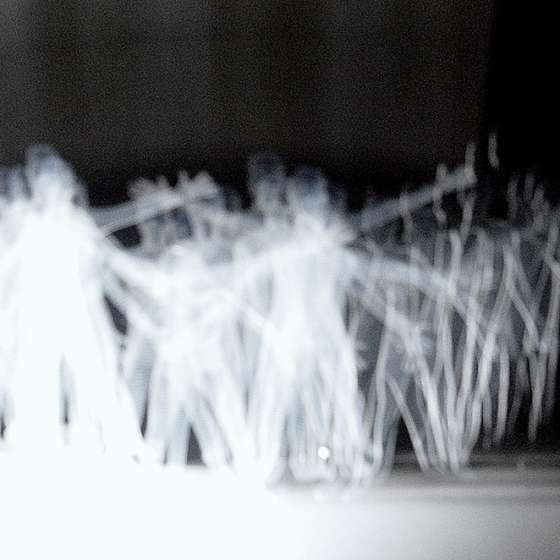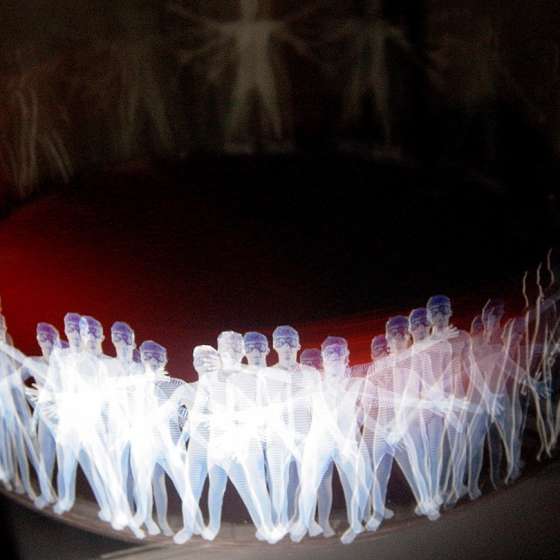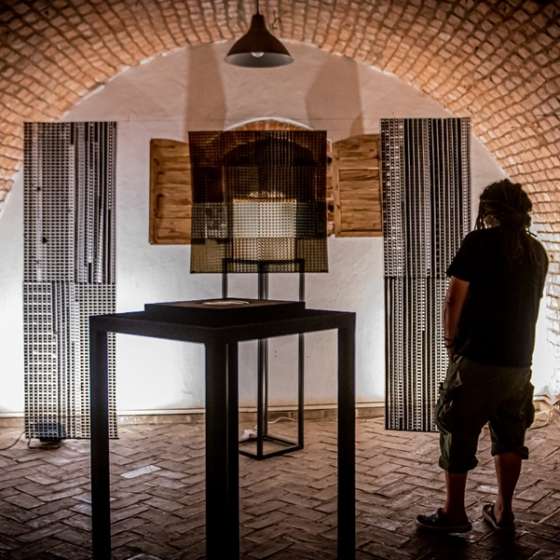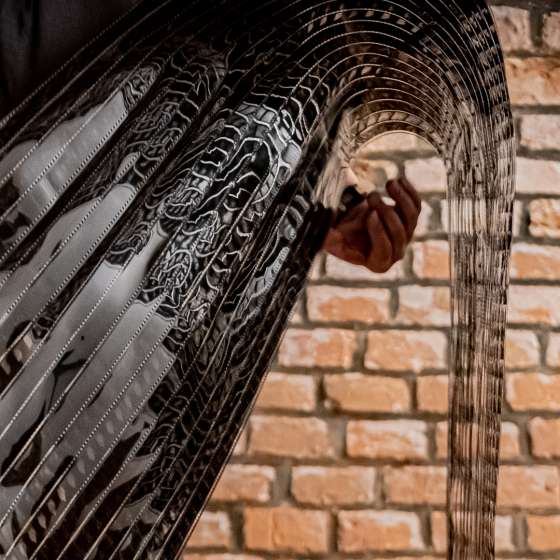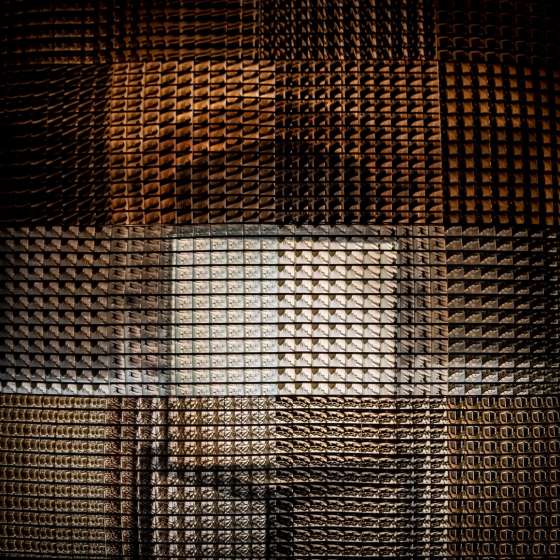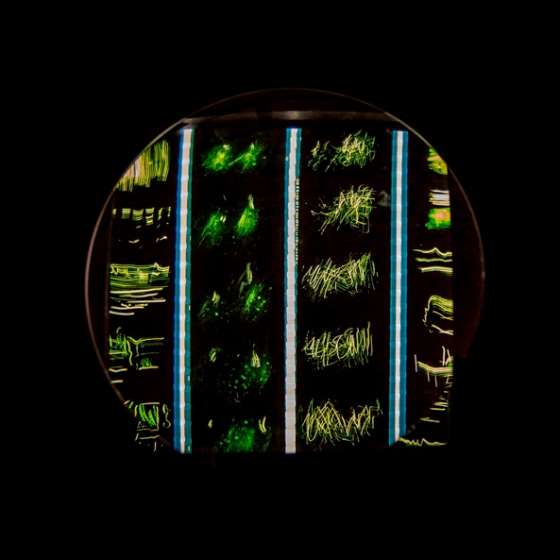Piotr Muszalski
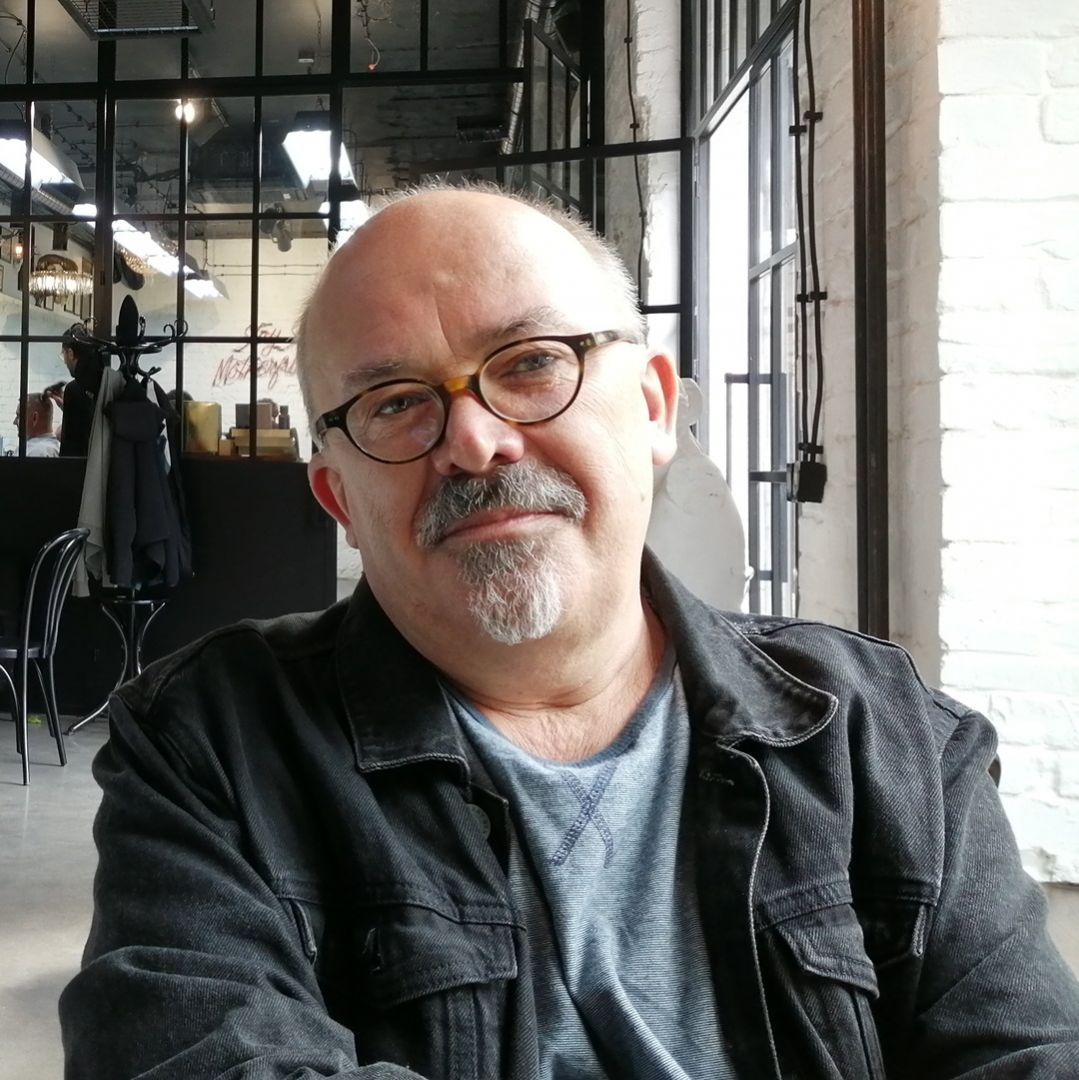
Piotr Muszalski
Wydział: Grafika
E-mail: piotr.muszalski@asp.gda.pl
Piotr Muszalski
„Siłą Animacji jest jej uniwersalność. Nie potrzebuje słów, choć często ich używa, aby przekaz był jasno i klarownie odbierany w każdym miejscu i czasie. Operuje własnymi, charakterystycznymi środkami wyrazu. Są to czas, ruch, tempo, rytm, gest, dynamika zmian, pauza czy zatrzymanie. Wszystko to w połączeniu ze sferą wizualną i plastyczną tworzy jedyną w swoim rodzaju formę przekazu. Usadowiona na styku sztuki filmowej i sztuk plastycznych ciągle poszerza pola eksploatacji. Sam będąc aktywnym w zakresie animacji tradycyjnej, która ma korzenie w początkach kinematografii, widzę i doceniam szeroki zakres zmian i niebywałą ekspansję form animowanych w szerokim zakresie medialnym. Animacja wchodzi lub opanowała w zakresie sztuk wizualnych tyle obszarów, że właściwie trudno dostrzec miejsca, gdzie jeszcze się nie pojawiła. Animacja to ożywienie, pobudzenie do życia, kreowanie nowych, unikalnych światów i niepowtarzalnych bytów, wynikających tylko z nieograniczonej wyobraźni twórcy. Te pola są wciąż otwarte na nowe działania i nowych artystów. Wybitny historyk i teoretyk animacji Giannalberto Bendazzi pisze tak: „...Podstawą animacji jest przypisywanie duszy lub osobowości obiektom, formom czy kształtom (nawet abstrakcyjnym), które inaczej są martwe. Innymi słowy podstawą animacji jest tworzenie ruchów i choreografii kształtów. Można powiedzieć, że animacja jest specyficzną częścią Kinetycznych Sztuk Pięknych.”
Urodzony w 1960 roku w Poznaniu. Absolwent PWSSP w Poznaniu (obecnie UAP). Dyplom w 1993 roku na Wydziale Malarstwa, Grafiki i Rzeźby w pracowni profesora Kazimierza Urbańskiego. W latach 2008 – 2014 kierownik Katedry Animacji. Prodziekan Wydziałów Animacji oraz Animacji i Intermediów w latach 2014 – 2023. Od 2019 roku pracuje w Akademii Sztuk Pięknych w Gdańsku prowadząc Pracownię Realizacji Filmu Animowanego w Katedrze Mediów. Współpracował z Telewizyjnym Studiem Filmów Animowanych w Poznaniu, gdzie zrealizował filmy prezentowane na ponad 120 festiwalach, przeglądach i pokazach. Wykładowca historii i teorii animacji. Specjalizuje się badając i kolekcjonując obiekty związane z archeologią kina, iluzją optyczną, historią animacji, szczególnie z okresu przedkinematograficznego. Poza animacją zajmuje się czynnie rysunkiem, grafiką oraz tworzy obiekty i instalacje z pogranicza sztuki filmowej, animacji i fotografii. Członek Stowarzyszenia Filmowców Polskich.
[2025]
“The strength of Animation lies in its universality. It doesn't need words, though it often uses them to ensure the message is clearly and distinctly understood anywhere and at any time. It operates with its own, characteristic means of expression. These are time, motion, pace, rhythm, gesture, dynamics of change, pause or stillness. All of this, combined with the visual and plastic sphere, creates a unique form of communication. Situated at the intersection of cinematic art and the visual arts, it continuously expands its areas of exploration. As someone actively involved in traditional animation, which has roots in the beginnings of cinematography, I see and appreciate the wide range of changes and the incredible expansion of animated forms across various media. Animation has entered or mastered so many areas within the visual arts that it's hard to pinpoint places where it hasn't yet appeared. Animation is about bringing things to life, awakening them, creating new, unique worlds and beings that only come from the creator's limitless imagination. These fields remain open to new actions and new artists.
The eminent historian and theorist of animation, Giannalberto Bendazzi, writes: “...The essence of animation lies in attributing a soul or personality to objects, forms, or shapes (even abstract ones) that would otherwise be lifeless. In other words, the essence of animation is the creation of movements and choreography of shapes. One could say that animation is a specific part of the Kinetic Fine Arts…”
Born in 1960 in Poznań. Graduate of the PWSSP in Poznań (currently UAP). He obtained his diploma in 1993 from the Faculty of Painting, Graphics, and Sculpture in the studio of Professor Kazimierz Urbański. From 2008 to 2014, he was the head of the Department of Animation. He served as the Vice Dean of the Faculty of Animation and Animation and Intermedia from 2014 to 2023. Since 2019, he has been working at the Academy of Fine Arts in Gdańsk, leading the Implementation of Animated Film Studio at the Department of Media. He collaborated with the Television Animated Films Studio in Poznań, where he created films presented at over 120 festivals, screenings, and exhibitions. He is a lecturer in the history and theory of animation. He specializes in researching and collecting objects related to the archaeology of cinema, optical illusions, and the history of animation, particularly from the pre-cinematic period. Outside of animation, he is actively involved in drawing, graphic design, and creating objects and installations at the intersection of film art, animation, and photography. He is a member of the Polish Film Directors Association.

